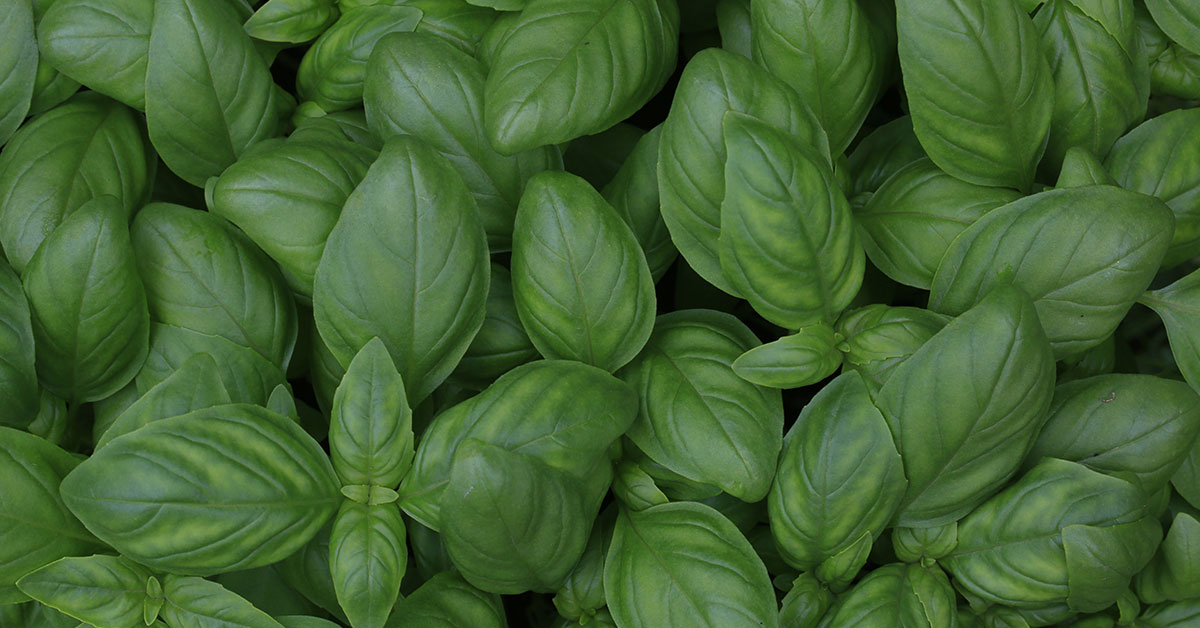Gardening is a great way to get outside and enjoy nature while growing delicious and nutritious fruits, vegetables, and herbs. One of the most popular herbs, basil, is a favorite of many gardeners. it can be easy to end up with an abundance of basil. If you find yourself in this situation, you’re in luck. There are plenty of ways to use up extra basil, from cooking to preserving and more. In this article, we’ll explore some of the best ways to use extra basil from your garden.
Help! I’ve Grown Too Much Basil!
Yeah I’ve been there before. When a gardener has too much basil, there are many things they can do with it. One option is to preserve it so that it can be used throughout the year. This can be done by drying the herb, or by freezing it in an airtight container or freezer bag. Another option is to share the extra leaves with friends, family, or neighbors. The gardener can also get creative and make basil-flavored sauces, dressings, and pestos to share or store away. Lastly, they can use excess leaves to make flavored oils and vinegar, which make great gifts.
Storing And Preserving Basil For Later
Drying and storing the extra basil is a great way to make sure it does not go to waste. Dried basil can be used in cooking, and stored for a long time. To dry basil, the gardener can hang the leaves upside down in a dark, dry place for a few weeks. Once the leaves are dry, the gardener can remove the leaves from the stems and store them in sealed containers or bags. To keep the flavor as fresh as possible, the gardener can store the containers in a dark, dry place and away from heat. If kept properly, the dried leaves can remain flavorful and usable for several months.
Infusing Cooking Oil
Infusing basil with olive oil can make a delicious condiment. To make the basil-infused olive oil, the gardener should start by washing and drying the leaves. Then, the gardener should place the dried leaves in a jar and fill it with olive oil. The jar should then be sealed tightly and placed in a cool, dark area for a few weeks. After a few weeks, the oil should be strained and used as a condiment. This infused oil can be used in a variety of dishes, from pasta dishes to salads, to create a delicious and unique flavor.
Making Pesto
One thing a gardener can do with an overload of this herb is to make pesto, a delicious and versatile condiment. Pesto traditionally consists of basil leaves, garlic, olive oil, pine nuts, and Parmesan cheese, all blended together into a creamy sauce. To make pesto, simply combine all the ingredients in a food processor and blend until smooth. A pestle and mortar can achieve the same result and may actually taste even more flavorful than using a food processor. This can then be served with a variety of dishes, from pasta to sandwiches. Pesto is a great way to use up a large amount of basil from the garden and enjoy its flavor in a variety of ways.
Basil Potpourri
Basil potpourri is a great way for gardeners to use their excess leaves. It is an easy and inexpensive way to enjoy the beautiful scent of this herb in the home. To make your own potpourri, simply gather a few sprigs of fresh basil and dry them in a warm, dry environment. Once your herbs are dry, add them to a bowl along with other herbs, such as lavender, rosemary, and mint. Add a few drops of essential oil, such as eucalyptus, to give it a unique scent. Finally, place the potpourri in a bowl or sachet and enjoy the pleasant aroma. Making potpourri is a great way to use excess leaves and make your home smell wonderful.
Basil Tea Blend
One of the most popular ways to use up the excess is to make tea blends. Basil tea has a delicious and slightly sweet flavor and is a great way to make use of the extra leaves. To make a good tea, simply steep a few teaspoons of dried basil leaves in hot water for five minutes, then strain and enjoy. For a more complex flavor, try blending basil with other herbs like chamomile, mint, or lavender. Adding a bit of honey or lemon can also help enhance the flavor and make it even more refreshing. Making tea is an easy and delicious way for gardeners to make use of their extra leaves.













